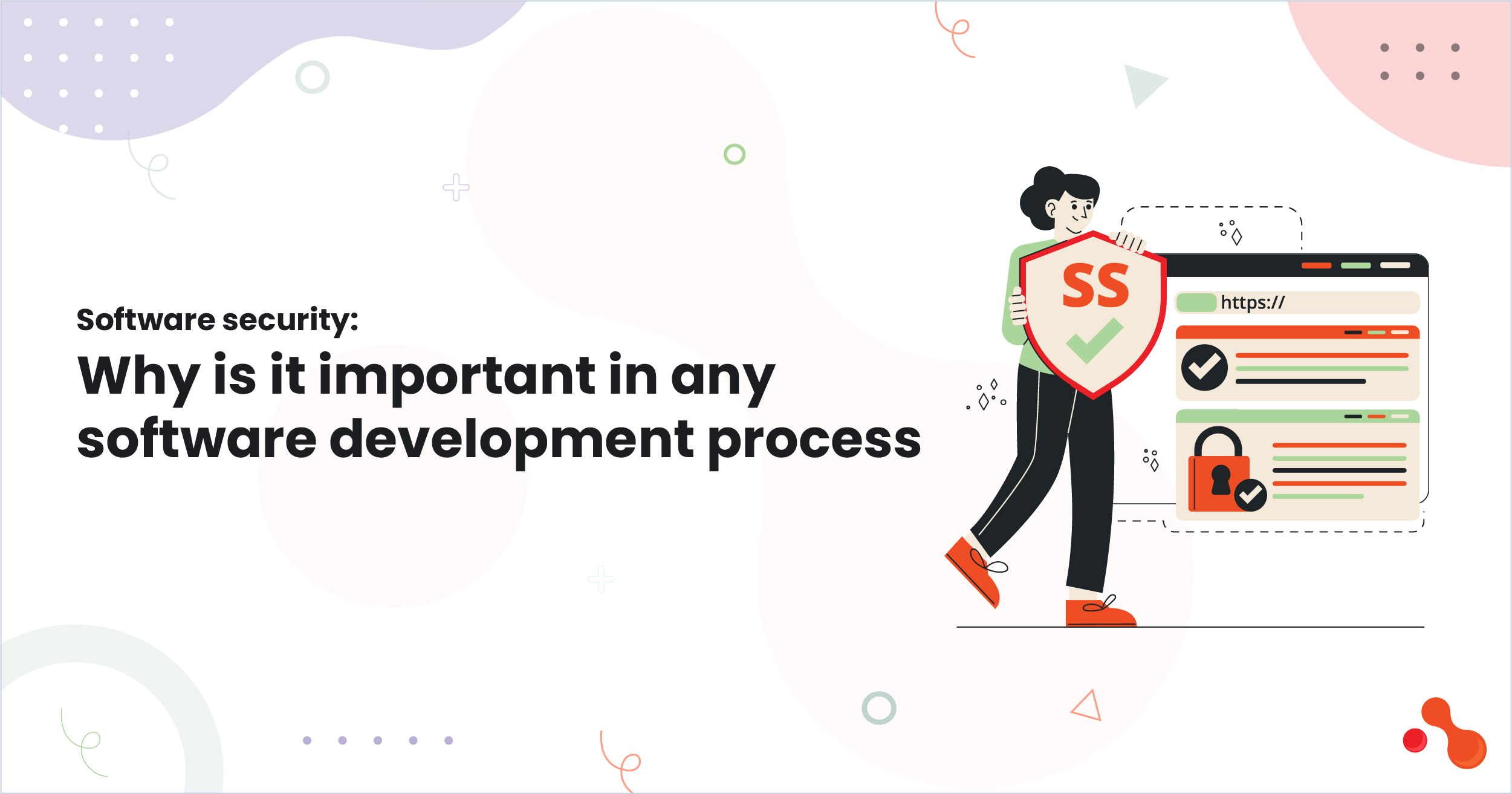Managing employee attendance is vital for any business to operate efficiently. Keeping track of when employees arrive, leave, and take time off ensures smooth business operations, fair payroll distribution, and legal compliance. However, manually tracking attendance can be tedious, prone to errors, and inefficient. This is where an
attendance management system or
attendance tracker can make a huge difference by simplifying the entire process.
This article will explain why attendance management is important, what an attendance management system does, and how it benefits businesses.
Why Attendance Management Matters
Effective
Employee Attendance Tracker is more than just knowing when employees come and go. It ensures businesses run smoothly by:
-
- Boosting Productivity: When attendance is monitored properly, employees are less likely to arrive late, leave early, or take unnecessary time off. This ensures work gets done on time and employees stay productive.
-
- Accurate Payroll: Tracking attendance helps businesses calculate how much to pay employees. This includes regular hours, overtime, and any deductions for absences. Without a proper system, manual tracking can lead to payroll mistakes, which can cause frustration for both employers and employees.
-
- Legal Compliance: Many businesses need to follow labor laws, such as providing adequate breaks or paying overtime. Attendance management helps businesses keep track of hours worked and ensures they meet legal requirements.
-
- Preventing Absenteeism and Tardiness: When attendance isn’t tracked correctly, employees might abuse the system by taking excessive leaves or arriving late often. Proper management discourages these habits, ensuring a reliable and efficient workforce.
Attendance management helps businesses keep operations running smoothly, avoiding the chaos that can come from poor tracking and late payroll processing.
What is an Attendance Management System?
An
attendance management system is software that helps businesses track when employees start and end their workday, how much time they spend at work, and when they take leave. It can track attendance through various methods, such as fingerprint scanning, swipe cards, mobile apps, or web portals.
The main goal of an attendance system is to
simplify the process of monitoring employee attendance and eliminate the need for manual entry.
Key features include:
-
- Time Tracking: Employees clock in and out digitally, and the system logs the time automatically.
-
- Leave Management: Employees can request leave, and managers can approve or reject these requests with a few clicks.
-
- Overtime Tracking: The system calculates overtime and ensures employees are compensated for their extra hours.
-
- Reporting and Analytics: It generates reports that show attendance trends, overtime data, and any absences, which helps management make better decisions.
In short, an attendance management system helps businesses automate attendance tracking, save time, and reduce errors.
What Attendance Management Systems Do
Here are some of the primary functions of an attendance management system:
-
- Record Employee Attendance: The system logs the time employees clock in and out of work. This ensures accurate tracking of work hours, eliminating the possibility of manual errors.
-
- Monitor Leaves and Absences: Employees can apply for leave directly through the system, and managers can track who is absent and why. The system automatically updates leave balances, so employees and HR always know how much leave is available.
-
- Generate Payroll Data: Integrated with payroll, the attendance system ensures employees are paid based on actual hours worked, including overtime. It reduces payroll errors and ensures employees receive the correct compensation for their time.
-
- Ensure Compliance with Labor Laws: The system tracks working hours, breaks, and overtime, ensuring that businesses stay compliant with labor regulations. It keeps accurate records that can be referred to in case of audits or legal issues.
-
- Provide Reports and Insights: It generates detailed reports that allow management to see attendance patterns, spot issues like high absenteeism, and make informed decisions to address these problems.
Uses of a Solid Attendance System
A well-functioning attendance system offers multiple benefits to businesses, including:
-
- Increased Efficiency: Automating attendance tracking reduces the time and effort spent manually recording attendance. This frees up HR and managers to focus on more critical tasks.
-
- Cost Savings: Accurate time tracking helps avoid overpaying employees for unworked hours or miscalculated overtime, resulting in significant cost savings.
-
- Improved Employee Accountability: When employees know their attendance is being tracked, they are more likely to adhere to their schedules. This reduces absenteeism and lateness.
-
- Better Scheduling: Attendance systems help managers create efficient work schedules based on employee availability and work requirements. This reduces scheduling conflicts and ensures optimal shift coverage.
-
- Fair Leave Management: The system helps keep track of leave balances, ensuring that employees know exactly how much leave they have remaining, and managers can approve or reject requests based on real-time data.
How It Can Help Your Business
Investing in an attendance management system can greatly benefit your business. Here’s how:
-
- Accurate Payroll Management: A major advantage of using an attendance tracker is its ability to generate accurate payroll data. By automatically calculating work hours, overtime, and leave, it ensures employees are paid fairly and on time. This reduces the chances of disputes or errors in salary calculations, creating a more satisfied workforce.
-
- Compliance Made Easy: Labor laws require businesses to track working hours, ensure breaks, and pay overtime. An automated attendance system helps businesses comply with these regulations by keeping detailed records of employee attendance.
-
- Reduction in Absenteeism: A transparent tracking system discourages employees from taking unnecessary leave or arriving late. It increases accountability and ensures that employees are present when needed, which boosts productivity.
-
- Improved Decision-Making: By providing reports and analytics on attendance trends, an attendance tracker helps managers identify issues like frequent absenteeism or overworked employees. This allows businesses to address these problems before they escalate.
-
- Better Flexibility for Remote Work: In today’s evolving work environment, businesses are increasingly embracing remote and hybrid work models. Attendance systems that can track remote employee attendance ensure accountability even when employees aren’t physically present in the office.
-
- Employee Satisfaction: Employees benefit from a clear and organized system that keeps track of their hours and leave. With the ability to request leave or review attendance online, employees are more engaged and satisfied with their workplace environment.
Closing Thoughts
An
attendance management system is a valuable tool for any business. It simplifies the process of tracking employee attendance, reduces payroll errors, and ensures legal compliance. Whether you run a small business or manage a large workforce, investing in an attendance tracker helps improve efficiency, save costs, and boost productivity.
For businesses looking to stay competitive, improve employee accountability, and streamline HR tasks, implementing an attendance management system is a smart move. It brings clarity and organization to attendance tracking, ensuring both employees and management can focus on what matters most: growing the business.



